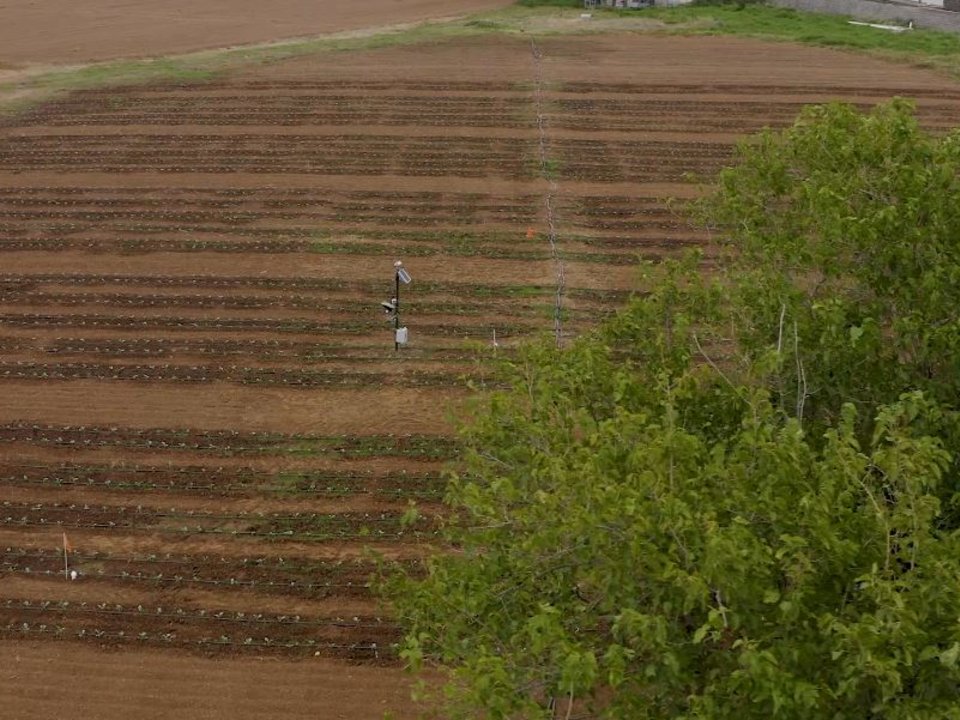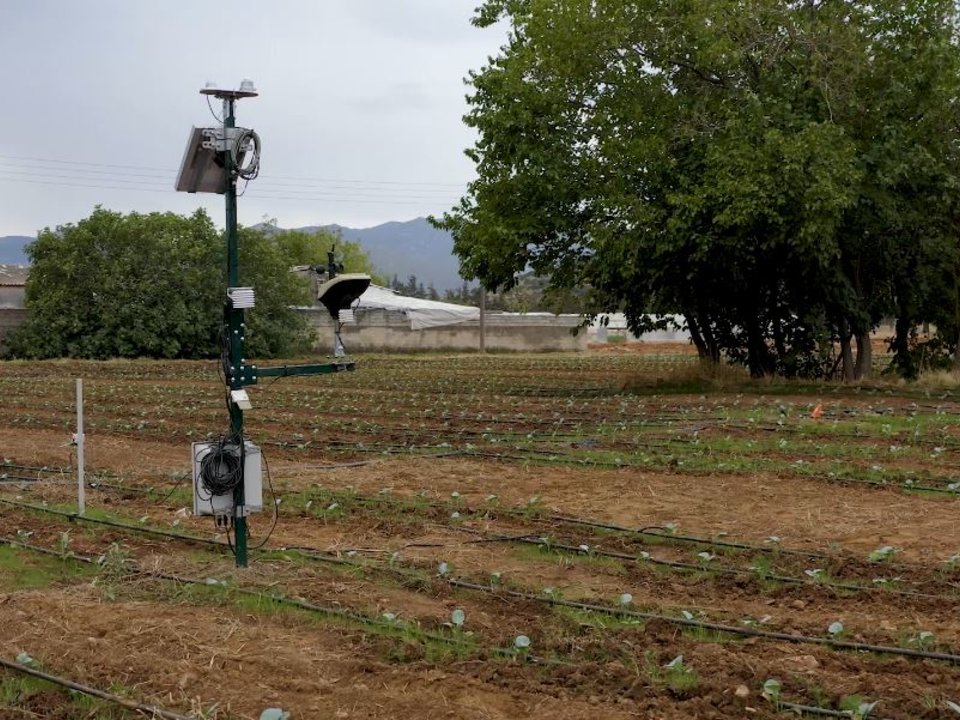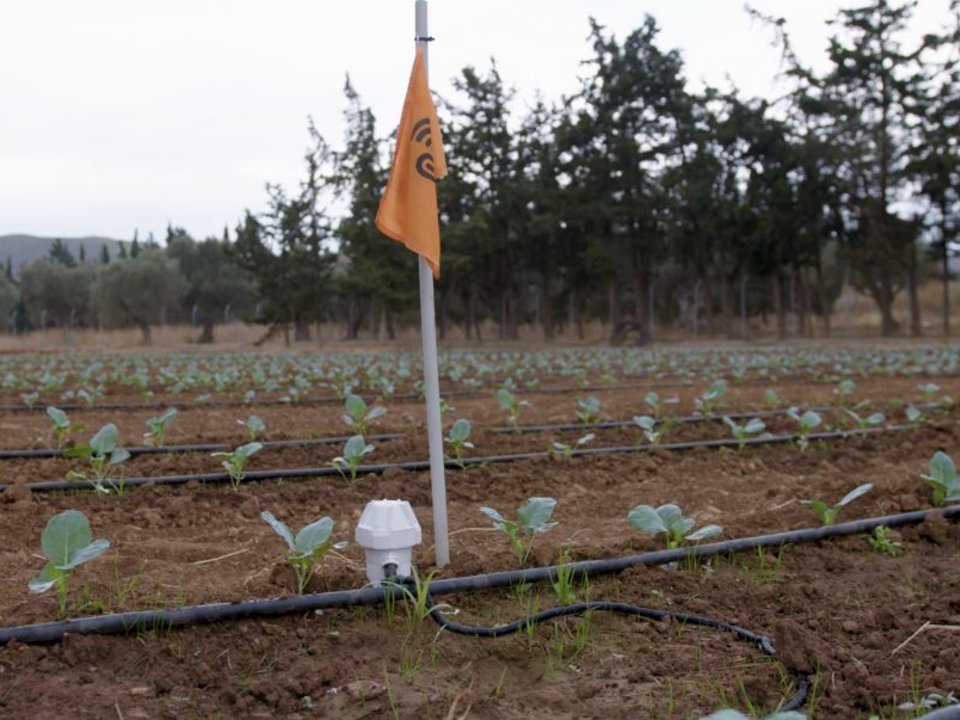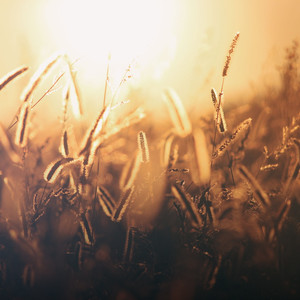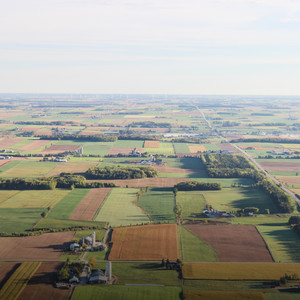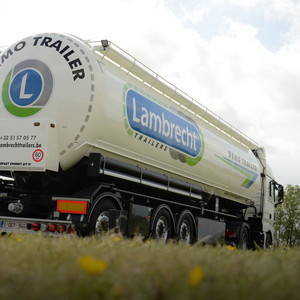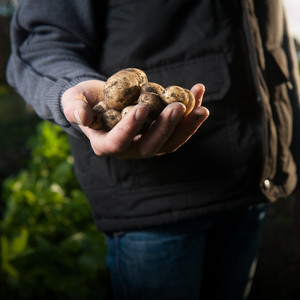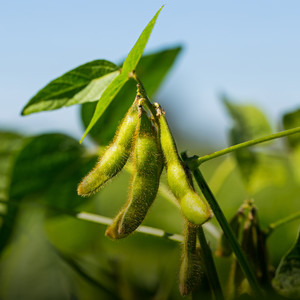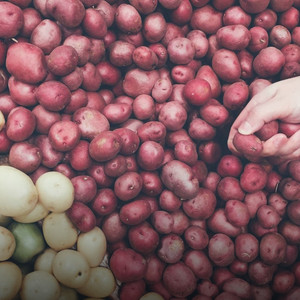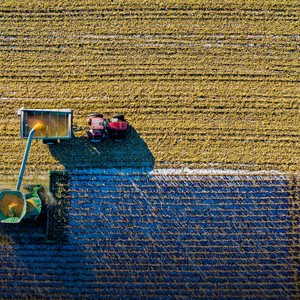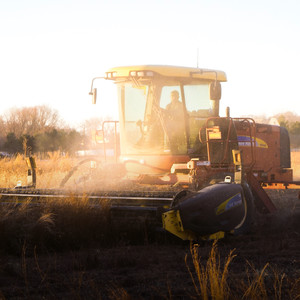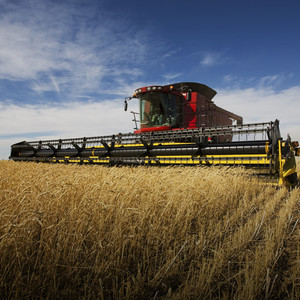Introduction
In addition to increased competition, European potato producers are facing a series of challenges such as crop pests, diseases and climate change. Hence, this use case adopts a holistic approach based on research and a unique blend of cutting-edge technologies while offering inexpensive yet valuable advice to farmers. An innovative, market-ready smart farming solution supports irrigation, pest management and fertilisation. The use case employs a network of telemetric IoT stations, installed in potato fields, to automatically collect atmospheric and soil data, which are combined with satellite data as well as information about agricultural activities provided by the producers themselves. In addition, it uses scientific models tailored to the specificities of the geographic areas, the different potato varieties and the requirements of the targeted markets. The results feed the validation of an innovative business model especially designed form SMEs and small-scale farmers, which is based on sharing profits, stemming from the reduction of costs and selling data to third parties, while farmers remain in control of their data.
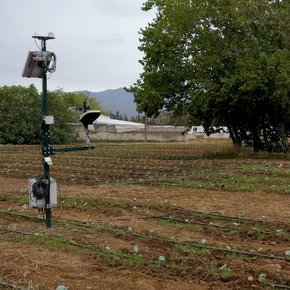
Improving potato production efficiency
The aim of this use case’s research activity is the support of potato production in Poland, Ukraine and Cyprus – three countries with significant tradition in potato production – through NEUROPUBLIC’s gaiasense smart farming system.
Show more
It forms the basis of an innovative market ready IoT solution which Nikolaos Kalatzis, the Use Case Coordinator, developed together with his team. In these regards, telemetric agro-environmental stations called Gaiatrons were installed in selected potato fields of these countries and smart farming services for the irrigation and crop protection of potato were developed and adjusted to the microclimatic and soil conditions of each area. The services aim at reducing the costs of potato production per hectare of cultivation while improving its quality by using scientific models tailored to the specificities of the targeted areas, the different potato varieties and the unique requirements of the targeted markets. The models are fed with data from a network of Gaiatron IoT stations collecting atmospheric (air temperature, relative moisture, wind direction and velocity, rain, leaf wetness) and soil measurements (temperature, moisture, salinity), satellite data (e.g. NDVI based on Sentinel 1 and 2), weather forecasts as well as individual data provided by the producers and agronomists involved, including information related to inputs and outputs. The use case innovation is offered as an inexpensive service with no technology related investment for end-users, making it accessible even to small farmers. Gaiatrons are specially designed to adopt to the operational requirements of the area they are installed in, ranging from a dense installation network under the canopy or large-scale deployment. The derived insights are leveraged by the agronomists and farming advisors consulting the involved farmers, who, in turn, feed the provided application with their own observations in order to produce the specialised advice on a case-by-case basis. This holistic approach relying on scientific knowledge alongside human experience is the main competitive advantage of the smart farming system. To give you a better idea of the technological adaptability to the operational requirements, let us describe the differences between the test farms. The Polish farm has a size of 97 ha and was divided in 3 parts each based on their identified soil and microclimatic differences. One IoT telemetric station was deployed in each part. In Ukraine, the total size of the test field was 119 ha, however due to the homogeneous conditions the researchers decided to deploy only one station there. To achieve an improved monitoring of the overall conditions, two additional stations were deployed in nearby fields. In Cyprus, three different fields utilised one station in each of them.
-5% up to -15%
Fertiliser costs
-5% up to -25%
Irrigation costs
-10% up to -15%
Pesticide costs
GAIA Cloud combines all the gathered information and converts it into actionable facts using advanced data analytic techniques. Moreover, the embedded decision support system (DSS) transforms these facts into an initial advice, which is accessible to farmers through the apps and certified agricultural advisor. The advisors are reviewing and evaluating the given information for providing the final advice and support to the farmers, including fertilisation and irrigation recommendations alongside pest management warnings. Among the fundamental requirements of IoT technology services is to be able to operate with limited storage, computational and energy resources. In addition, in many cases the deployed smart farming innovation operates in highly demanding domains and in harsh conditions. Moreover, scarcity of resources combined with security and system administration related requirements are forcing engineers to apply custom, simple and practical solutions, tailored to the needs of each application domain, having as first priority the sound operation of the services.
+10%
Product quality
-25%
Water consumption
+15%
Nitrogen use efficiency
Introducing data interoperability mechanisms to existing operational IoT environments is a challenging task with regards to the overall system performance. To this end, a set of design principles have been defined, aiming at the development of interoperability mechanisms able to be deployed on top of existing operational systems towards the realisation of a system-of-systems approach. The use case team thus focused on facilitating data sharing between gaiasense and other smart farming systems in a secure and efficient manner. Semantic and syntactic interoperability were realised through the use of standards such as NGSIv2 (APIs plus harmonised data models) as a universal mechanism for sharing context data of different nature. In addition, FIWARE Generic Enablers such as the Orion Context Broker are utilised for managing current context information. Having established the necessary interoperable data management mechanisms, advanced knowledge extraction and decision support is performed through data analytics algorithms. These process the data that is fed to the scientific models. Lastly, the end-user interaction with the underlying infrastructure is facilitated through a straightforward web-based application. For Nikos Kalatzis, IoT deployments need to rely on standards by their very initial design, making system interoperability an inherent feature in the future. However, a big part of the current IoT ecosystem is still far from such a realisation, which motivated the use case team even more to lead the development of interoperability enables for their smart farming solution.
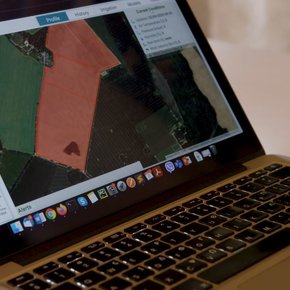
Collaboration with other use case
To realise the system-of-systems approach we described in the previous chapter, NEUROPUBLIC teamed up with our vegetables use case Digital Ecosystem Utilisation.
Show more
The latter is lead by Future Intelligence, which also has a strong interest in validating the conceptualised IoF2020 framework for reusable solutions and components. As the functional components of both use cases incorporate the FIWARE Generic Enabler Orion Context Broker the teams succeeded in establishing data interoperability mechanisms and to exchange various data collections on top of which new services can be built. Since we are talking about a collaboration between two Greek consortium partners, quoting Aristotle, who said “the whole is greater than the sum of its parts”, fits the occasion perfectly. The interoperability between the services developed by the two use cases, not only benefits each of their applications but also has an impact beyond the agricultural sector on aspects like environmental monitoring. Towards the end of the project, the use cases explored two new testbeds in two different countries. This helps them to validate the solution through different networks of stakeholders and end-users while improving the adaptability of their data collection infrastructure. Such serendipitous collaborations across sectors and domains are the accelerator of technology adoption at national as well as European level.
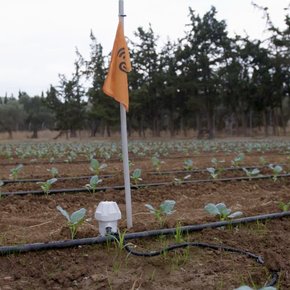
Smart farming for climate adaptation
Smart farming based on Internet of Things (IoT) technologies enables crop farmers to collect real-time data related to irrigation and plant protection processes, aiming to increase production volume, improve product quality and predict diseases, while optimizing resources and farming processes.
Show more
IoT devices can collect vast amount of environmental, soil and crop performance data, thus building time series data that can be analysed to forecast and compute recommendations and deliver critical information to farmers in real time. In this sense, the added-value from the farmers’ perspective is that such smart farming techniques have the potential to deliver a more sustainable agricultural production, based on a more precise and resource-efficient approach in the complex and versatile agricultural environment. The aim of this study is to investigate possible advantages of applying Smart Farming as a Service (SFaaS) paradigm, aiming to support small-scale farmers, by taking over the technological investment burden and offer next generation farming advice through the combined utilization of heterogeneous information sources. The overall results of the pilot application in Cyprus demonstrate a potential reduction of up to 22% on total irrigation needs and important optimization opportunities on pesticides use efficiency. The current work offers opportunities for innovation targeting and climate change adaptation options (new agricultural technologies), and could help farmers to reduce their ecological footprint. To achieve this goal, the use case team engaged with the ecosystem of local stakeholders in each country to co-design and test the solution, following the lean start-up methodology. Doing this at an early development stage helps the iterative development process, which is based on the definition of requirements, forming the design guidelines of the solution. To this end, the local partners actively collaborated with a wide network of farmers and agronomists in their respective areas. Smart farming techniques can only unleash their full potential in terms of mitigating climate change if all stakeholders are taken into consideration.

Get in touch with the use case team via the SmartAgriHubs Innovation Portal
Go to portalAchievements, products & services
IoT driven reduction of environmental footprint (pesticides & water consumption) through the use of IoT driven smart farming solutions
Facilitating farmers’ compliance with a wide range of European environmental legislation, including water and soil protection
Smart farming advice available for up to 1500ha

